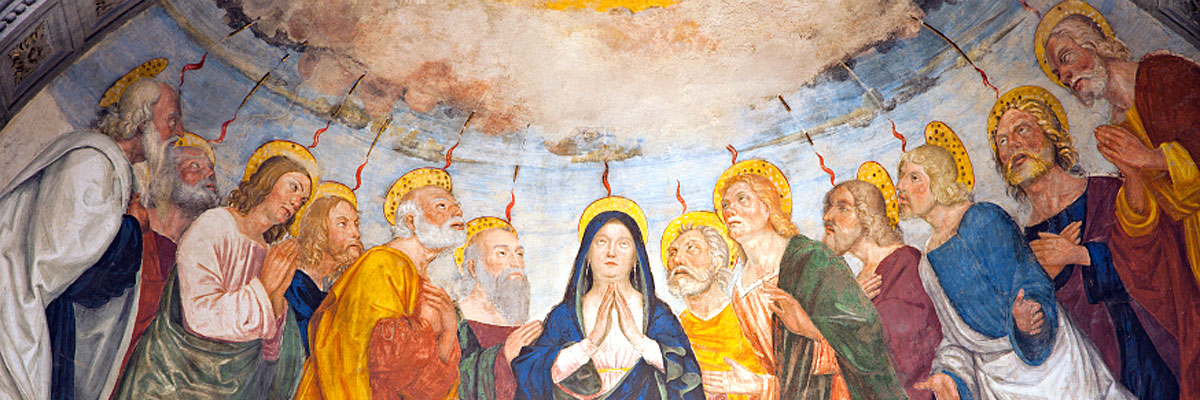
Understanding Our Church
A Treasury of Arkansas Writers Discussing the Catholic Faith
Official Website of the
Catholic Diocese of Little Rock
By studying Vatican II, we can become better participants in our faith
Published: May 18, 2002
By Sister Susan McCarthy
Little Rock Scripture Study
Amazing, as it seems, it has been almost 40 years since the opening of the first session of Vatican Council II on Oct. 11, 1962. From that date until Dec. 8, 1965, the bishops of the world met each fall. Their purpose, set by Pope John XXIII, was to provide aggiornamento, an updating of the Catholic Church especially in these areas: our understanding of who we are as Church and how we, as Church, ought to respond to the “signs of the times”; our manner of celebrating God’s presence with us (in Liturgy); and the way God is revealed to us in the Scripture.
This council was unlike previous councils in many ways. It boasted a number of firsts:
It was the first council to meet solely for renewal. Previous councils were convened to address heresies or confront an enemy.
This council had the largest number of delegates, 2600 bishops (2908 were eligible). Prior to Vatican II, the largest number of delegates in attendance at a council had been 737.
Delegates to this council were the most representative in terms of nations and cultures. For the first time, bishops were present from Asia, Africa, Oceania and Latin and Central America.
Lay observers, several of whom were non-Catholic, were invited to attend the second session. By the time of the fourth session (1965) there were 52 lay auditors, 23 of whom were women. Ten of those women were nuns.
This was the first council to have electric lights, telephones, typewriters and other modern means of communication and transportation. A pool of newspaper and magazine writers reported regularly on the happenings at each session.
The cardinals of the Roman Curia, (those in charge of the Vatican offices) were already dismayed by John XXIII’s plan to have a council. They fully expected, though, to control the direction of such a council. Those plans were thwarted when the bishops began to make their own suggestions concerning the agenda and the composition of the various commissions.
Sixteen documents were published from Vatican II: four constitutions; nine decrees and three declarations. The ideas contained in these documents were the fruit of the work of theologians such as Karl Rahner, Yves Congar, Henri de Lubac, Edward Schillebeeckz, Hans Kung and the American Jesuit, John Courtney Murray.
It was through the presentation and discussion of these documents at the Council that new understandings of our faith emerged. We learned of the importance of our baptism and the call of each of us to holiness. The bishops spoke of the Church as the People of God. The importance of the role of the laity was acknowledged. Vatican II provided us with a new appreciation of liturgy and the sacraments and encouraged our full participation in both areas.
Vatican II has helped us to mature as adult Catholics in the 21st century. We have learned to become reflective and active participants in our faith. Yet for many Catholics, especially half of the population born since Vatican II, little is known about the documents and the discussions that produced them. One way to mark the significance of this anniversary would be to read the documents. We might even form a group to discuss them. (Some popular versions would be “Documents of Vatican II” ed. Austin Flannery, O.P. or “Vatican II in Plain English,” a three-volume work written by Bill Huebsch.)
Sister Susan McCarthy, RDC, is workshop and promotions coordinator with Little Rock Scripture Study.



